Rosca de Reyes 1974
A rosca de reyes (sometimes called a rascón de reyes) is a rich, sweet, wreath-shaped yeast bread decorated with candied fruit, and containing a bean or porcelain doll representing the baby Jesus. The person who gets the slice of bread with the bean is usually required to provide something special, like cookies or tamales, for the next festival, or to host the whole party. It is traditionally served in Spain and Mexico at the feast of Epiphany on January 6.
Panes de Levadura by Josefina Velázquez de León, 1974. p. 47

Rosca de Reyes
- 500 gramos de harina
- 20 gramos de levadura comprimida
- 200 grammos mantequilla
- 125 grammos de azúcar
- 3 huevos
- 7 yemas
- ¼ de cucharidita de sal
- 2 cucharadas de agua de azahar
- Una poca de raspadura de limón
- 2 naranja cubiertas
- 2 acitrones
- 2 muñequitos de porcelana
- 2 huevos para embetunar
- 100 gramos de azúcar granulada para espolvorear
Manera de hacerse
La levadura se deshace en 8 cucharadas de agua tibia, se le agrega la harina necesaria (de los mismos 500 gramos) a formar una masa con la que se hace un bola que se déjà cerca del calor hasta que dobla su volumen.
Con el resto de la harina, se hace la fuente, en el centro se ponen los huevos enteros, azúcar y sal, se va mezclando ésto agregando las yemas, agua de azahar, raspadura de limón, la levadura ya fermentada y per ultimo la mantequilla, se amasa hasta que forme vejigas; se hace una bola, se unta de mandequilla, se pone en un traste engrasado dejándose 12 horas en lugar a temperature natural, ó 6 en lugar tibio; pasado ese tiempo, se vuelve a amasar y se forman 2 roscas sobre latas engrasadas, habiendole metido a cada rosca un muñequito; se dejan cerca del calor una hora, se embetunan de huevo, se decoran con cuadritos de acitrón y tiras de naranja, en los intermedios de las frutas se hacen unos cortes con tijera y alli se pone el azúcar. Se hornean a horno caliente.
Rosca de Reyes (English Translation)
[My additions are in brackets]
- 500 grams of flour [4 cups]
- 20 grams of compressed yeast [one packet of active dry yeast]
- 200 Grams lard [14 tablespoons or ¾ cup plus 2 tablespoons]
- Grams 125 sugar [1/2 cup]
- 3 eggs
- 7 egg yolks
- ¼ teaspoon Salt
- 2 tablespoons orange blossom water
- A little bit of grated lemon peel [1/2 teaspoon]
- 2 pieces of candied orange peel
- 2 acitrones [or any candied fruit available]
- 2 porcelain dolls [or large dried beans]
- 2 eggs for brushing
- 100 grams of granulated sugar for dusting [1/3 cup]
Instructions
Dissolve the yeast in 8 tablespoons of warm water, add enough flour (of the 500 grams) to form a ball and leave in a warm place until it doubles in volume.
Make a well in the remaining flour, and in the center, put the whole eggs, sugar and salt. Mix this and add the egg yolks orange blossom water, grated lemon, fermented yeast, and last, the lard. Knead until it forms blisters. Form the dough into a ball, cover with lard and put in a greased bowl. Allow the dough to rise for 12 hours at room temperature or 6 hours in a warm place.
After that time, knead again, form the dough into 2 rings and place on greased tins. Put a doll or bean in each loaf. Allow them to rise in a warm place for an hour. Brush with beaten egg and decorate with acitrones and candied orange peel. Use scissors to cut the loaves in the space between the fruit, and put the dusting sugar in the cuts. Bake in a hot oven. [20-30 minutes at 325 degrees]
I’ve never tried a rosca de reyes before, so I don’t know how mine compares. I liked it though, and it went over well with others who tried it. It’s not overly sweet, so I thought it made a nice breakfast bread. I liked the distinctive flavor of the orange blossom water. It’s milder and less citrus-y than I expected. This bread is worth your time if you want something a little unusual for a special occasion. If you have experience making yeast bread, you won’t have any trouble with this one.
Advice and Observations
If you don’t do a lot of baking, you’ll probably want more information than the recipe provides. Below, you’ll find advice from an expert (my mom) and observations from my own adventure.
Mixing:
The recipe instructs you to add the wet ingredients to a well in the flour. To do this, use a fork to
slowly incorporate flour from the edges of the well into the wet ingredients until all the flour is mixed. I used an electric stand mixer with a paddle attachment instead, and it seemed to work well. If you use an electric mixer, be sure not to over mix the dough. Any inconsistencies in the dough will be worked out during the kneading stage.
Kneading:
I ended up adding a lot of flour to the dough during the first kneading. Do not use flour during the second kneading since it may cause your finished bread to have dark streaks. If you have never kneaded dough, it’s easy to find instructions online.
Rising:
Today’s active dry yeast is more reliable and, well, active than the compressed yeast sold in the 1970’s. Old bread recipes test the yeast by allowing it to rise before adding it to the dough. It’s probably safe to dissolve the yeast and add it directly to the dough since today’s yeast rarely fails. I went ahead and allowed it to rise since it doesn’t take long. Your rising times will also be shorter than the times described in the recipe. Wait until the dough doubles to triples in volume during the first rising period. Mine tripled after about 5 hours in a warm place.
To create a “warm place” and shorten your rising time, heat your oven on the warm setting before putting the dough inside. Alternatively, you can microwave some water for a couple minutes then allow your dough to rise in the warm microwave. Both the microwave and the oven should be off when you put the dough in, or you risk cooking the dough prematurely.
Shaping:
In order to get a nice, rounded top to any loaf of bread, it’s important to get tension on the surface of the dough. Using the heel of your hand, stretch your dough into a strip about 12 inches long. Tuck the edges of the dough strip into the center for the length of the strip. Keep doing this until the underside of the strip looks round and taut (your dough strip will elongate more during this process). Press the bean or figurine into the center fold, then turn the dough over, and pinch the ends together to form a ring.
Use a funnel to fill the cuts in the dough with sugar.
Choosing a fat:
I split my dough into two portions before adding the lard and made one loaf with lard and the other with shortening. The dough made with lard was soft and easy to shape. The resulting bread had a flaky texture.
The dough made with shortening was oily and more difficult to work with. It’s possible I measured too much shortening since I was doing conversions in my head (not a good idea). The dough ring looked shapeless and deflated, but despite an unpromising start, it rose well in the oven and baked beautifully. The texture was more cake-like, but I don’t know if that was due to the shortening or because I had to work with it more to get it into a ring.
Hard to find ingredients:
As far as I know, compressed yeast is no longer commercially available. Substitute one packet of active dry yeast.
Lard is available in the baking aisle of some supermarkets. Look for it near the shortening. You can substitute shortening if lard is not available, or to make the bread vegetarian-friendly (lard is made from animal fat). Substituting shortening will change the texture of the bread slightly.
Orange blossom water is available in Middle Eastern food markets or from online specialty food vendors. I don’t know of anything that would replicate its distinct flavor, but some rosca recipes call for different flavorings such as cinnamon, aniseed, and vanilla.
Acitrones, the candied leaves of a nopales (a type of cactus), can be purchased from online specialty food stores. You can substitute whatever candied fruit you find locally, if you prefer. I accidentally ordered candy that was flavored with the fruit of the nopales, but it worked well.

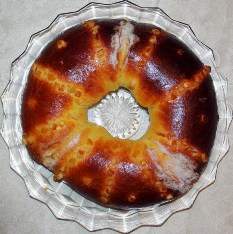
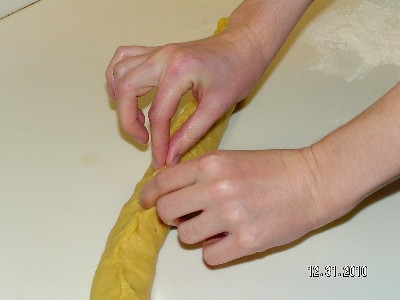
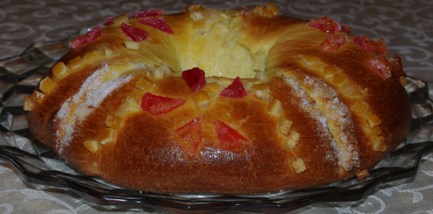
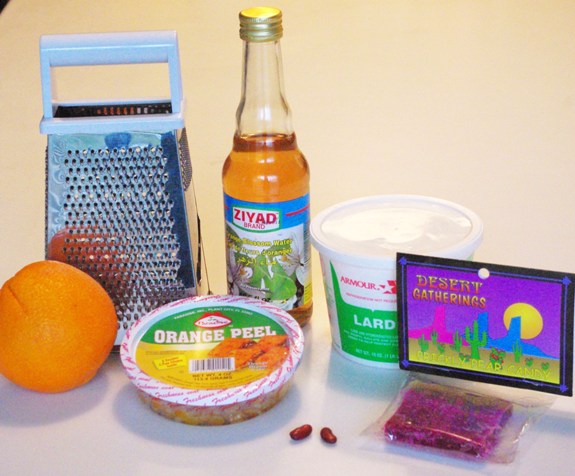
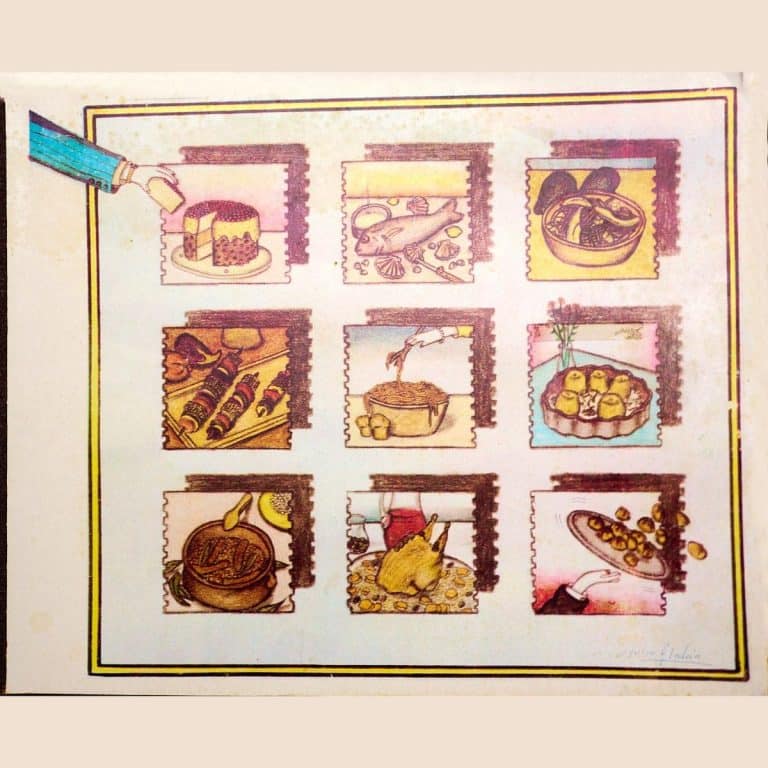
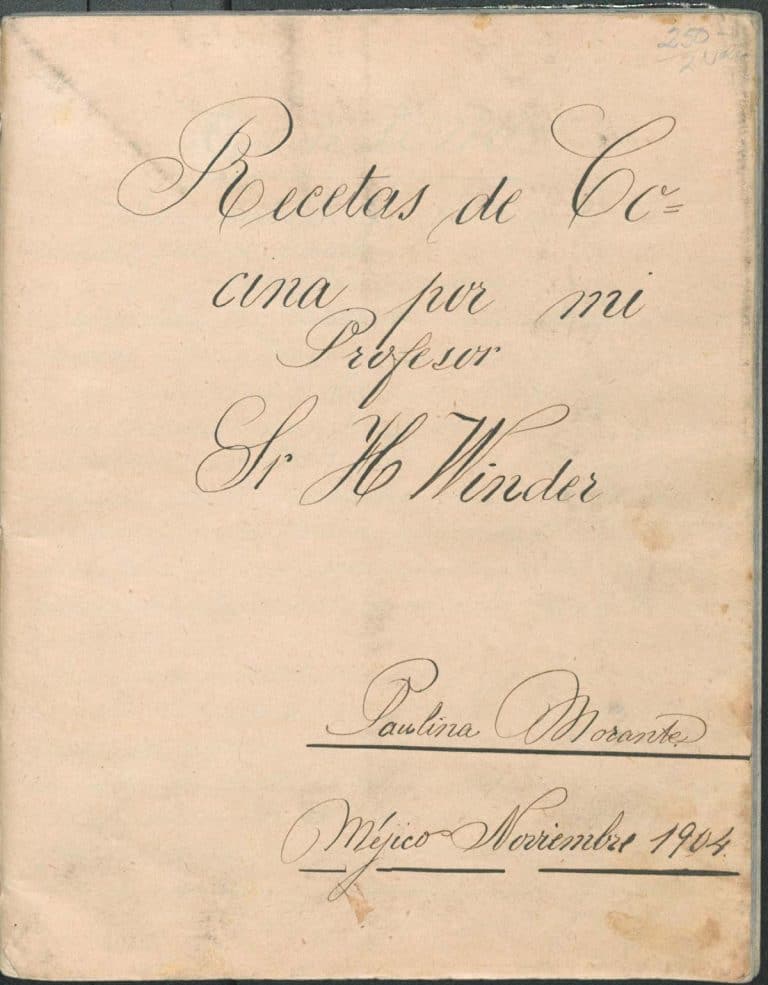
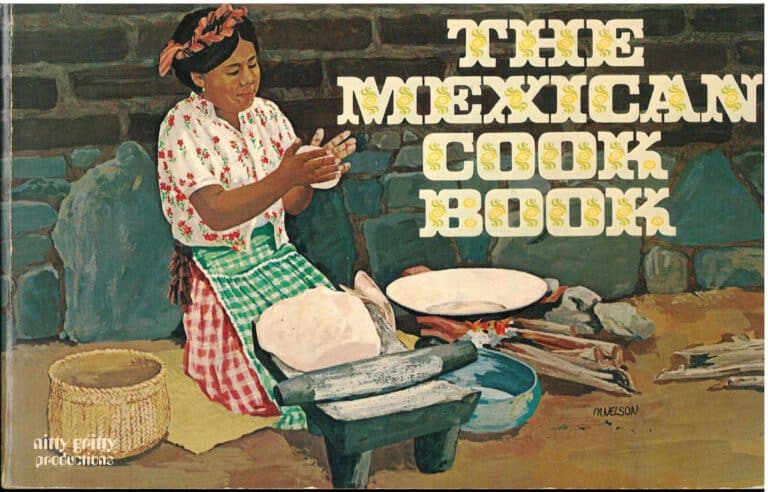
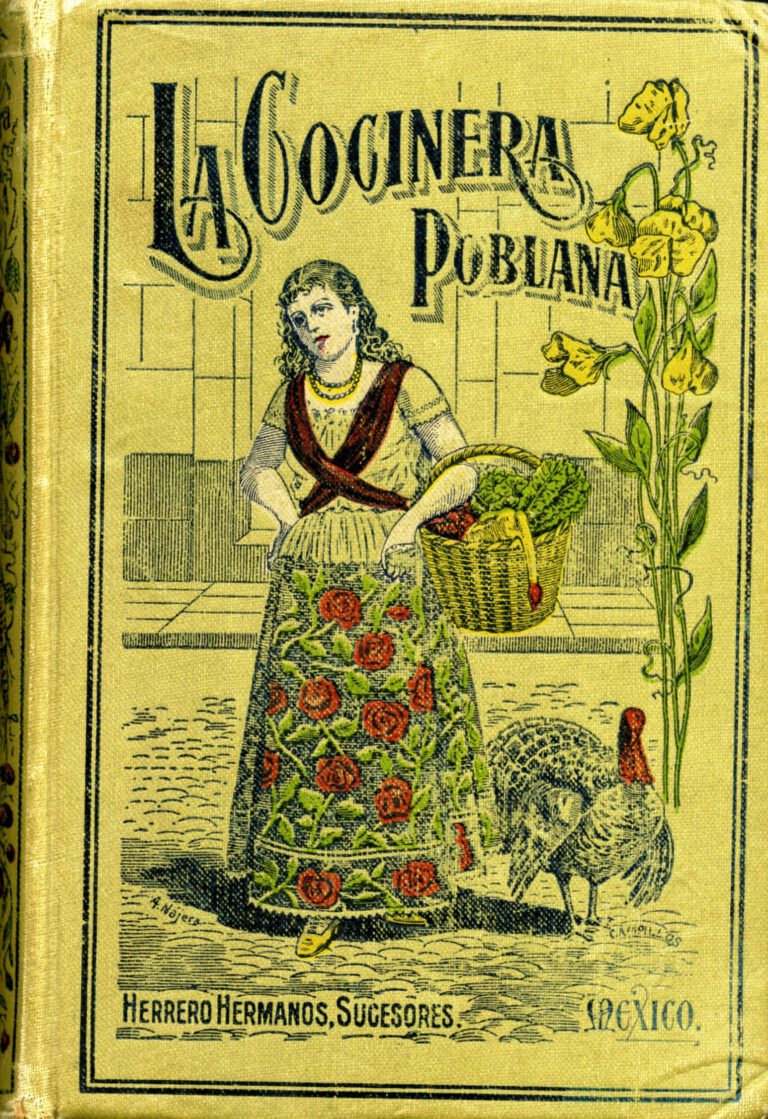
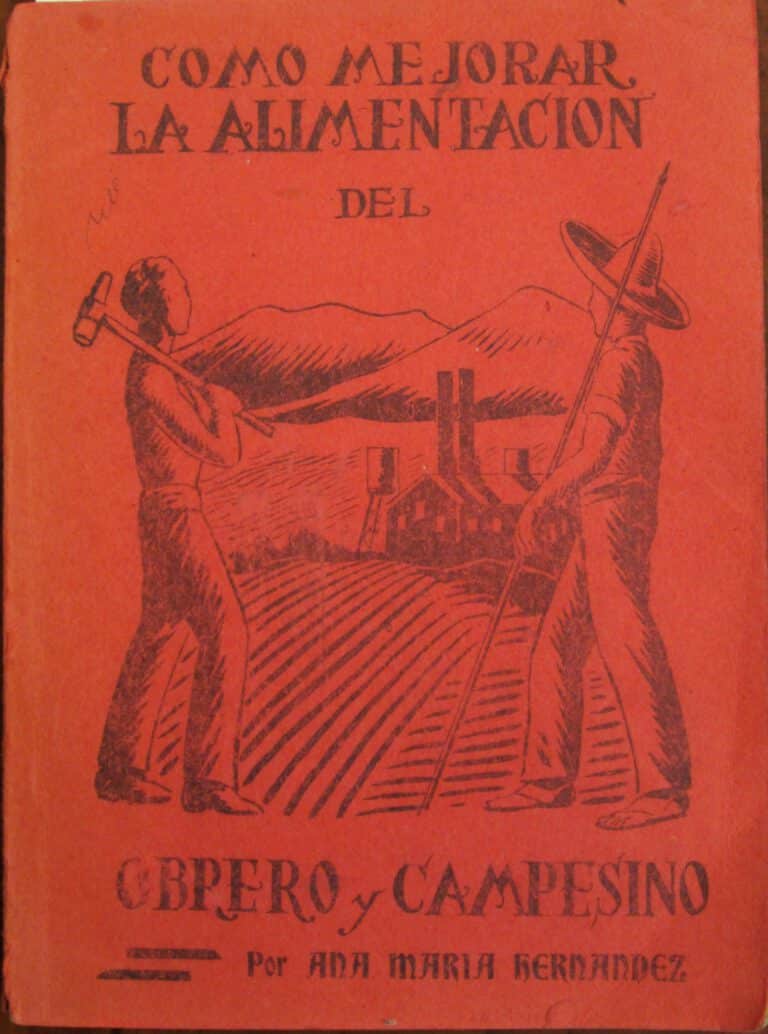
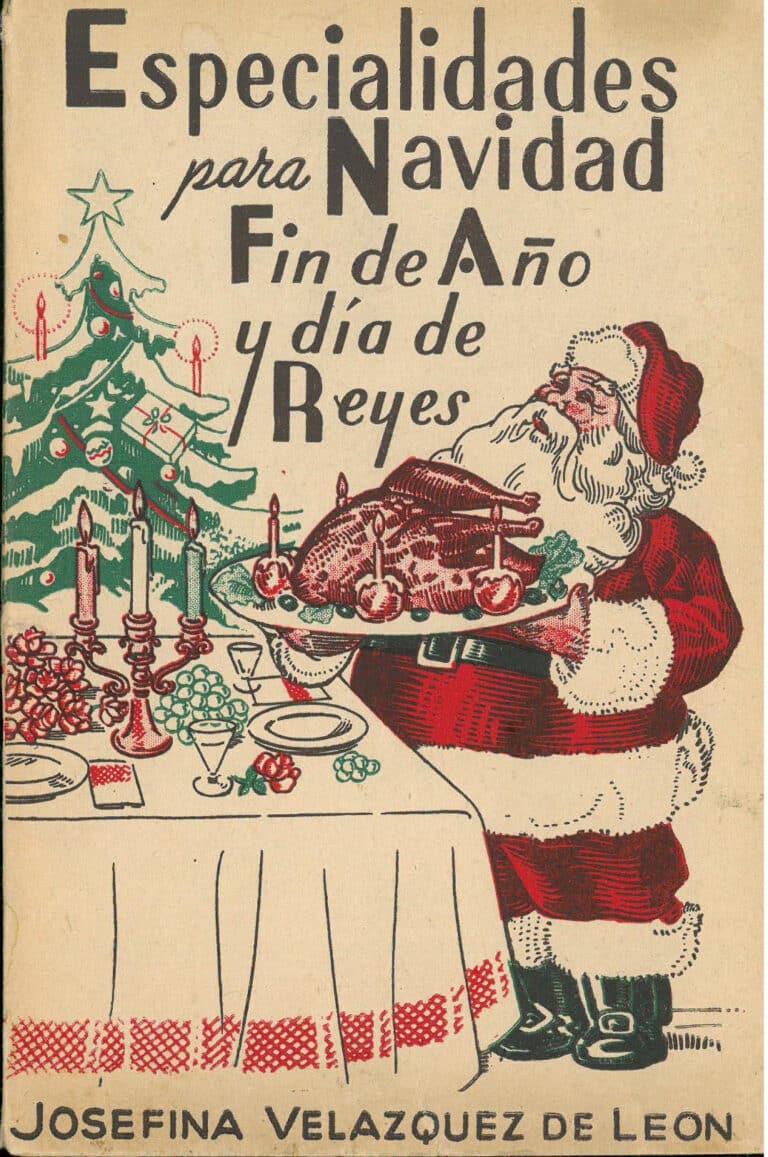
I must say it was delicious–and just as good on the second day. For those of use who don’t live in the States, though, what’s the equivalent of 1 package active dry yeast? About a table spoon? Or a tablespoon and a half.I never can remember. Only Americans list units of yeast in “packages” 😉
Delighted to hear the bread turned out well! The amount of yeast in a package actually varies a little bit, depending on the brand, but it’s usually about a tablespoon.
The package I used was 1/4 oz, and measured out to 4 teaspoons.
Central Market sometimes carries fresh yeast cakes in the refrigerator section.